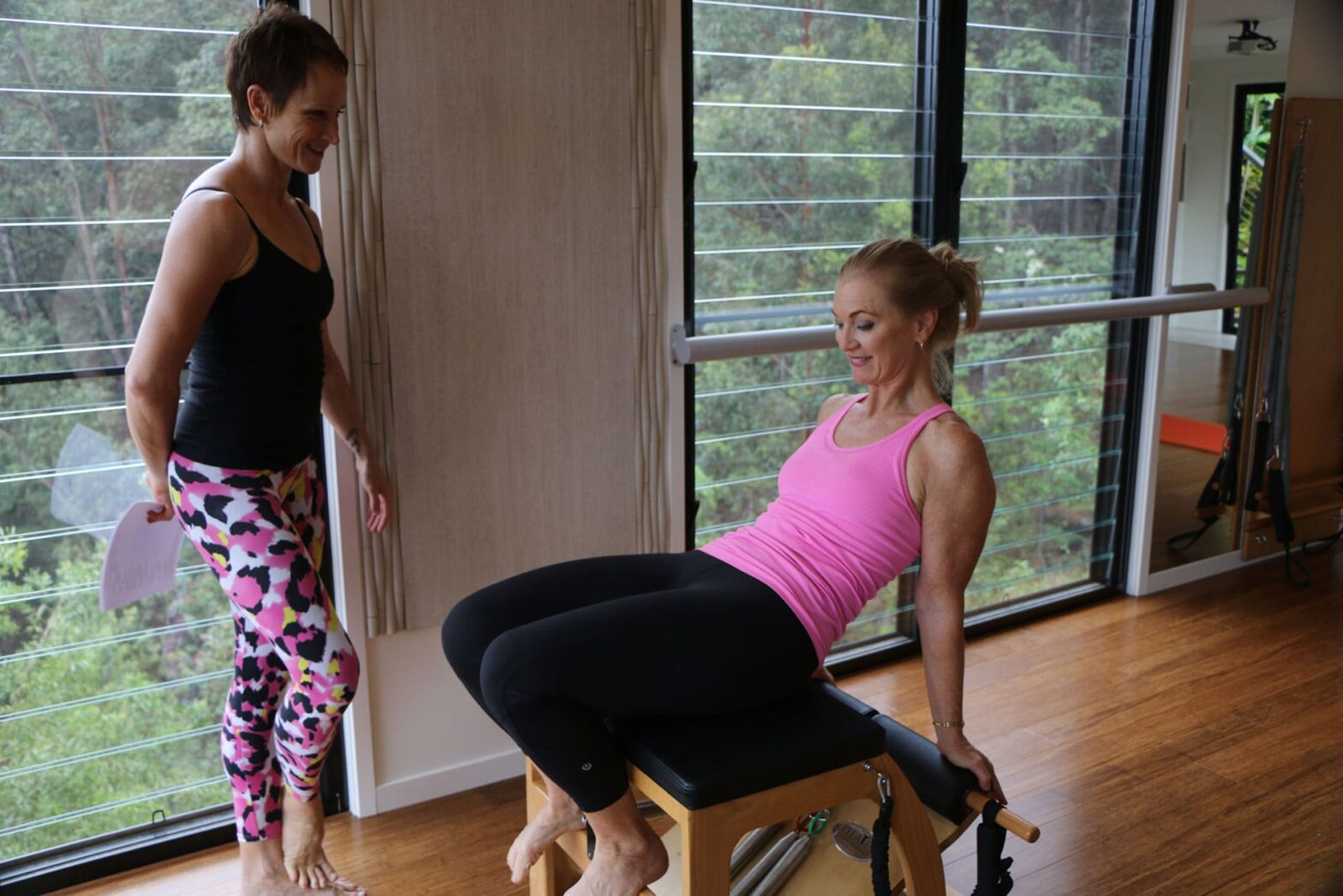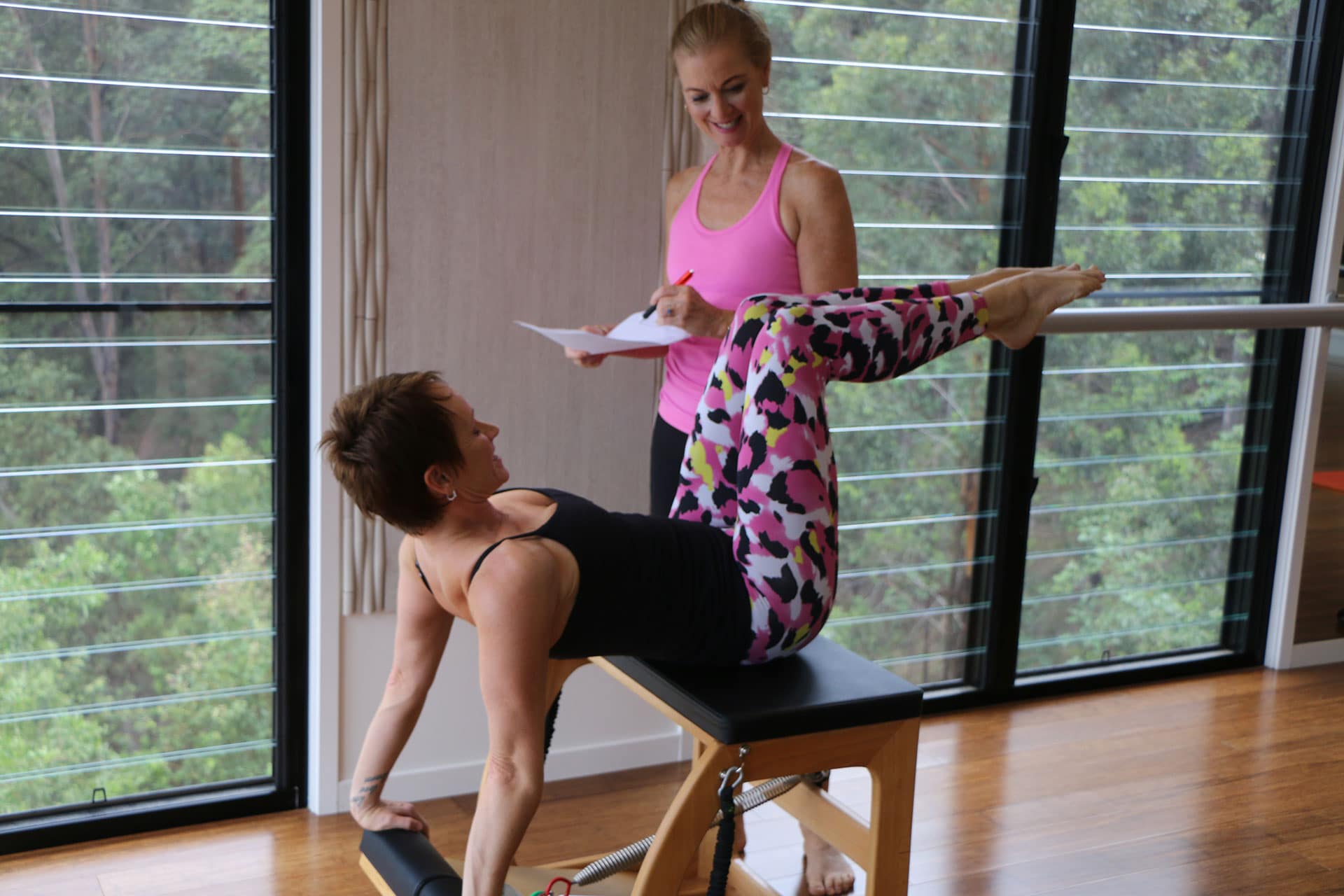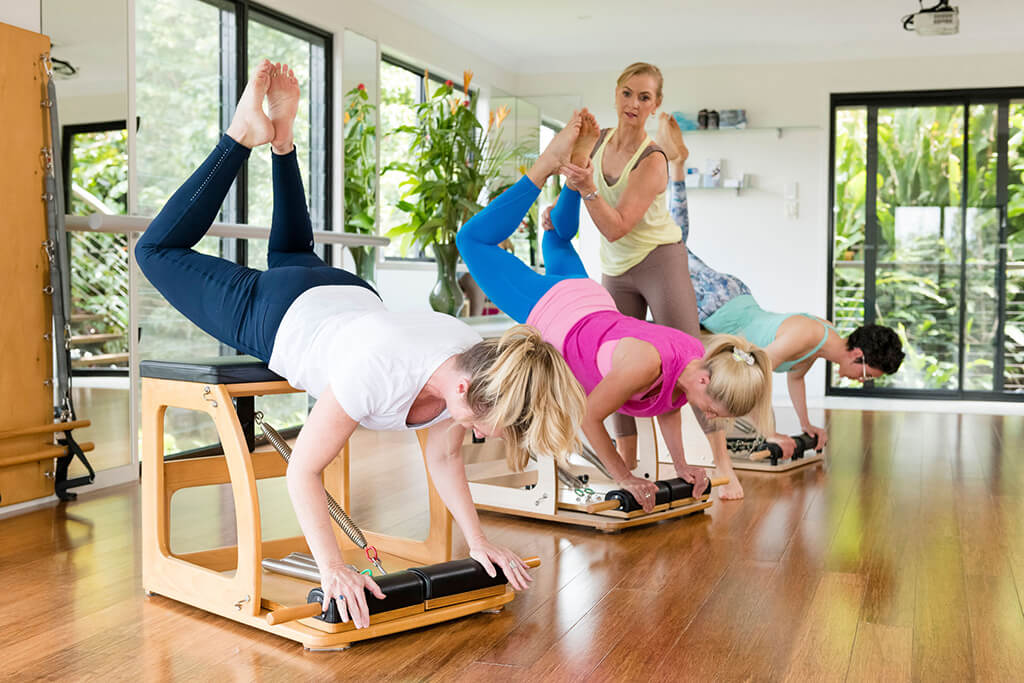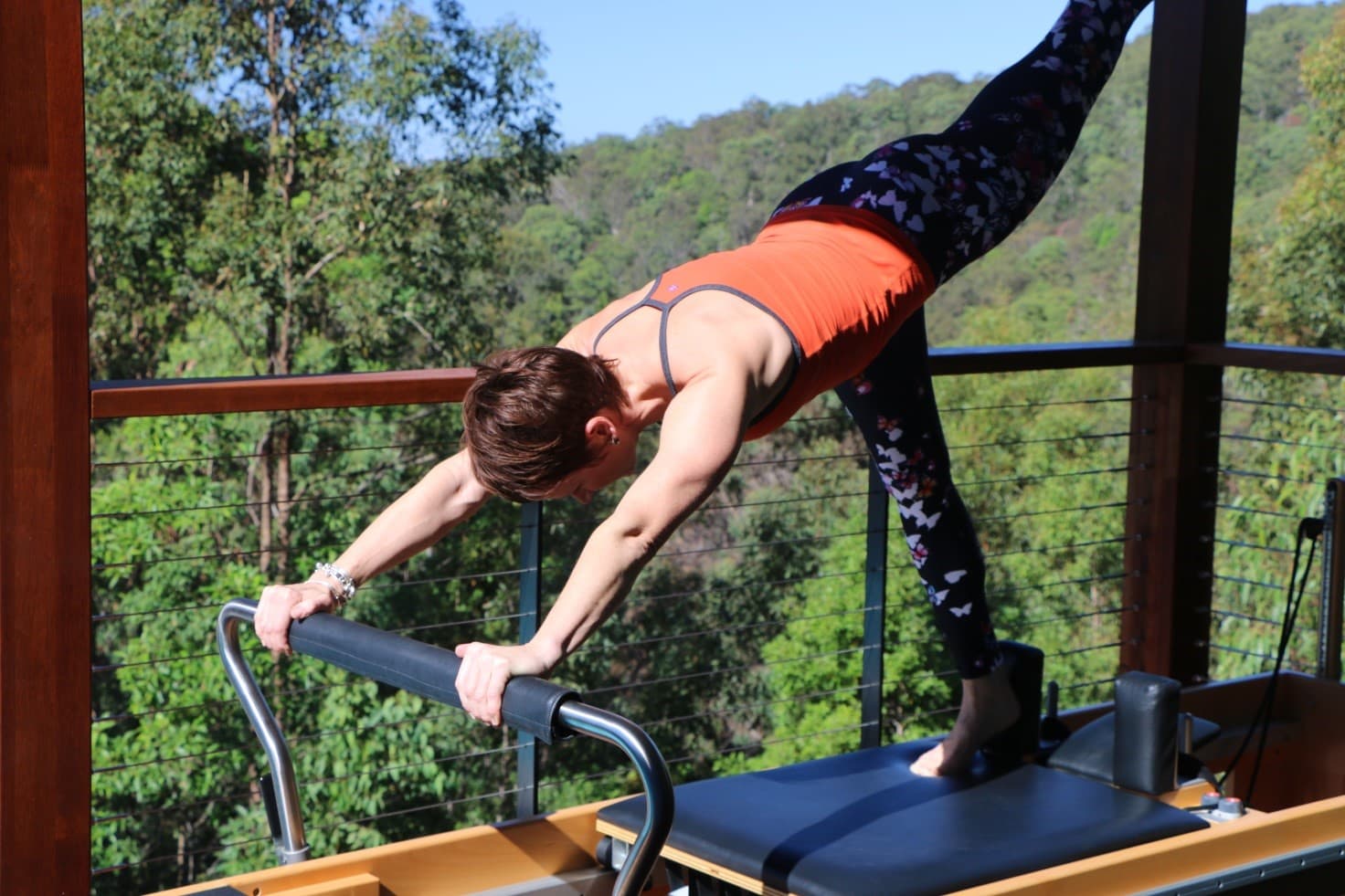
What is Pilates Equipment? OR What is a Pilates Wunda Chair?
Posted on May 27, 2019 by adminThere are a myriad of ways to do Pilates, on various pieces of equipment.
Many people are probably familiar with the most commonly found machine, the universal reformer. The reformer is generally characterized by a bed with springs, a sliding carriage, ropes, pulleys and straps. Reformer Pilates is rapidly gaining in popularity, with many new studios of varying quality cropping up everywhere you look. But what about some of the other machines that Joseph Pilates invented?
Specifically the Wunda Chair. The original ‘Pilates Chair’ was designed as a way for Joseph Pilates (IF YOU WANT TO READ MORE ABOUT THE HISTORY OF JOSEPH PILATES CHECK THIS ENTRY) to give exercises for his clients to do at home, in the limited space that their New York City apartments provided. Designed to function as a regular chair and transform into a piece of exercise equipment whenever the desire struck caused the popularity of his Wunda Chairs to soar.
In essence the Wunda Chair was a simple piece of equipment, consisting of a seat, a pedal and springs that attached to the pedal to adjust the resistance. Simple though it may have been, the resistance is the key to building strength and endurance and this invention born out of necessity would become one of the staples of a thriving Pilates studio. Before too long, Joseph was frequently using the more refined models of these Wunda Chairs in his studio to rehabilitate clients with knee injuries. He most specifically prescribed this when the treatment required intense hamstring activation which the Wunda Chair can easily facilitate.
Unfortunately the Wunda Chair fell into obscurity following Joseph Pilates’ death, many of the students continued teaching on the equipment on which they were most comfortable with – the Reformer and the Cadillac. (READ MORE ABOUT THESE PIECES OF EQUIPMENT HERE)
Kathleen Stanford Grant who trained directly with Joseph in his Manhattan studio was considered to be the most knowledgeable Pilates disciple on the Wunda Chair and she continued to share her knowledge with her protégés until her death in 2010. Most classical Wunda Chair exercises that we know today have been passed down by her directly or through the archival photos and videos of Joseph teaching using the Wunda Chair.

The present day Wunda Chair repertoire has evolved to become a large collection of full-bodied, acrobatic exercises perfect for challenging and evolving your Pilates practice. Some of the biggest features of the Wunda Chair include the safe and controlled building of strength during pregnancy, the activation and awareness of the intrinsic muscles of the feet to assist balance in all ages and a split pedal to aid in strengthening and mobilising of the spine. The modern day Wunda Chair, accompanied by appropriate and dynamic training is a sure lagniappe both to studios and bodies alike.
Latest Blog Post

Certification Pathways for Pilates Instructors in Australia
If you have a passion for Pilates and are considering becoming a qualified instructor, it’s important to understand the various certification pathways available in Australia. As a government-accredited training provider, Tensegrity Training is well-positioned to guide you on your journey to becoming a professionally recognised Pilates teacher. There are generally two main qualifications that Pilates …
Continue reading “Certification Pathways for Pilates Instructors in Australia”

How To Become a Pilates Teacher in Australia: Your Ultimate Guide
Looking at A Career In Pilates Teaching? So, you love pilates and would like to become a qualified pilates teacher? Let’s help you get started as it can be quite confusing with all the options available. With the right guidance and qualifications tou can turn your passion into a rewarding career as a pilates …
Continue reading “How To Become a Pilates Teacher in Australia: Your Ultimate Guide”

Pilates for runners
Running is popular and accessible form of exercise for many people of all ages. However, runners can be at risk injury due to poor technique and therefore prone to developing pain or discomfort as a result of muscle imbalance or uneven gait cycles. Due to the high impact nature of running, preexisting injuries, weaknesses, imbalances, …


